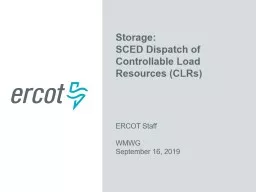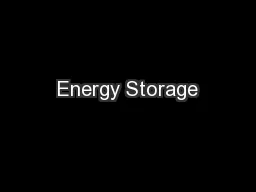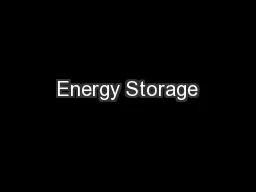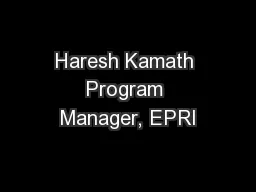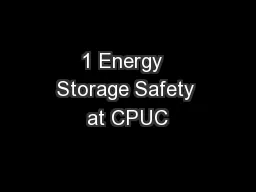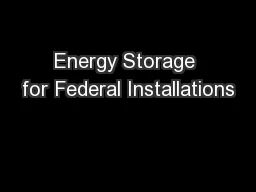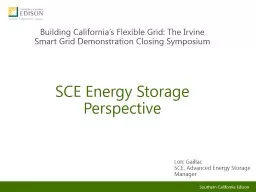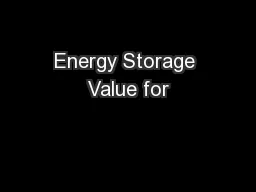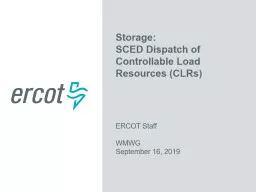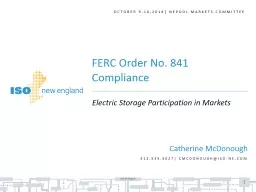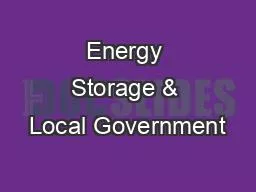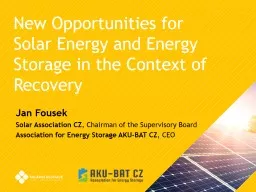PPT-Energy Storage Resources
Author : giovanna-bartolotta | Published Date : 2020-01-26
Energy Storage Resources Nodal p ricing Nodal dispatch Bids to buy Paul Wattles ERCOT Staff BESTFORCE Oct 18 2019 Principle Market Design Framework for Storage Resources
Presentation Embed Code
Download Presentation
Download Presentation The PPT/PDF document "Energy Storage Resources" is the property of its rightful owner. Permission is granted to download and print the materials on this website for personal, non-commercial use only, and to display it on your personal computer provided you do not modify the materials and that you retain all copyright notices contained in the materials. By downloading content from our website, you accept the terms of this agreement.
Energy Storage Resources: Transcript
Download Document
Here is the link to download the presentation.
"Energy Storage Resources"The content belongs to its owner. You may download and print it for personal use, without modification, and keep all copyright notices. By downloading, you agree to these terms.
Related Documents

